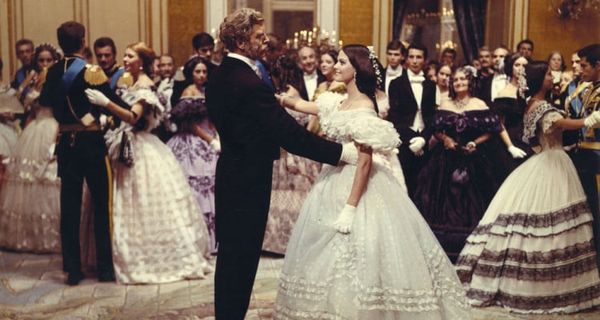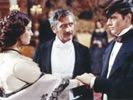Eye For Film >> Movies >> The Leopard (1963) DVD Review

This is the Italian language version, with fully restored picture and sound, a high definition digital transfer from the film’s original 70mm negative materials, overseen by the film’s director of photography Giuseppe Rotunno. It claims to be the complete and uncut version of the film, but is only 178 minutes. (The original cut was 205 minutes.) The picture and sound quality are excellent - and the extras come with optional subtitles - but oh, how I longed for a bigger screen. On the other hand, if you have only seen the old English language version, as I did many years ago, you will now understand what all the fuss was about. This is a truly great film with scenes you will enjoy replaying again and again.
It has a full feature commentary by two academics, David Forgacs and Rossana Capitano, which reminds us of Visconti’s previous experience as a theatre director and how he was able to put this to good use in the widescreen format. We also learn more about the lengths he went to in order to get the historic detail right, including items which were never seen in the final cut. It tells us about the score, mostly a recycling of Nino Rota’s earlier work, but containing passages from Verdi, which had political significance for an Italian audience.

There is also a brief director biography and the original trailer.
The still delightful Claudia Cardinale is interviewed at the BFI, and she has some interesting comments on Visconti’s method of working. At the time of making The Leopard she was also making 8½ with Fellini, whose directing style was completely different, requiring a great deal of improvisation. Visconti, by contrast, worked out every last detail and had a very clear idea of what he wanted his actors to do. Claudia recalls the well-known tension on set between the director and his leading actor, and also the discomfort of spending long hours in a corset, which left her “with a ring of blood”. Possibly an exaggeration. One wonders when she first told this story. If it was at the time of the film’s release it can have done the publicity no harm. It fits in well with the fairytale nature of the “empty rooms” sequence – the other side of the Grimm coin.
Reviewed on: 01 Jul 2009
















